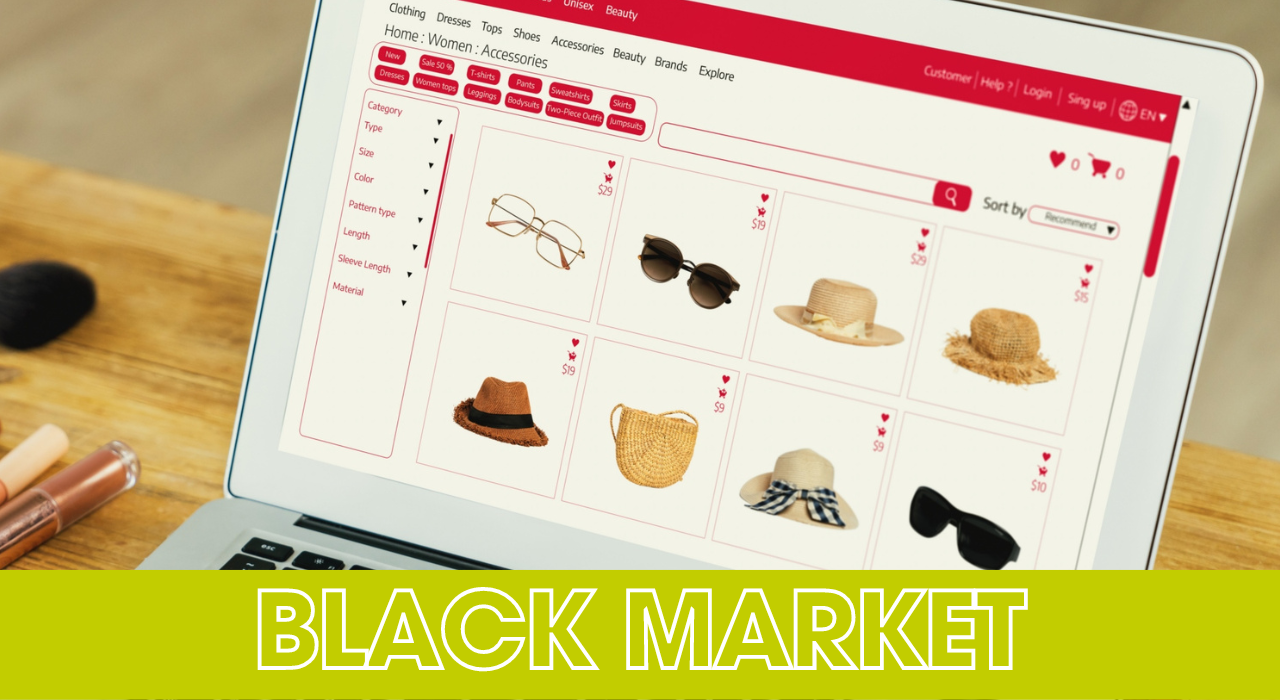Technology is a good friend but a difficult enemy, as proven by our list of exposé for today:
- The ‘stolen’ Buy Box 🥷
- Beat demanding selling requirements 💡
- Ins and outs of ecommerce personalization 🔍
- Product information management FAQs 📑

BLACK MARKET
Being noticed on Amazon takes time and effort. So can you imagine losing the visibility you already have?
This happened to Sprinkle & Sweep, an exclusive brand of pet cleanup bags on Amazon. The brand owner shared on the seller forums how Amazon took away their Buy Box eligibility because someone offered the same product for a lower price on a random website!
An impostor’s trick
⚠️ Spoiler alert: Amazon’s pricing algorithm has something to do with what went down:
- Amazon detected an outdated version of the product that has a different universal product code (UPC) and size at a drastically lower price. The pricing algorithm decided this "similar enough" bag deserved the Buy Box.
- The seller reached out to the website in question to request the removal of the impostor listing. Then, they provided Amazon with the proof of ownership and showed that the listing had been removed.
- Yet, 2 weeks later, they still have no Buy Box or even acknowledgment! And the inventory page still says that their price isn't the lowest.
🆘 Where to go from here?
This seems to be a common woe among Amazon sellers. To solve the issue, here are some insights they shared on the thread:
- Strategically adjust prices. Some noted that the sudden jump in OP’s price from $14.99 to $18.99 may have irked Amazon's algorithms. They recommend lowering the price to recapture the Buy Box and then gradually raising it back up, ideally by increments of 10%.
- Combat algorithmic challenges. Amazon matches prices with competing platforms. Sellers advised active management of listings and using varying product images to differentiate products across platforms.
Have you faced a similar situation? Share how you regained your spot by replying to this email! ✉️

TOGETHER WITH SELLER INTERACTIVE
The best way to beat demanding Amazon selling requirements
As sellers, your ultimate dream is to see your Amazon business soar to new heights and turn your brand into a household name. Fortunately, you now have the means to turn this dream into reality through Seller Interactive's Account Management Services!
🛅 Say goodbye to…
…the woes that held you back, like:
- Headache-inducing account registration requirements;
- Tedious organic ranking boosts;
- Complex product launching and listing;
- Anxiety-triggering suspension risks; and
- Stressful order management and shipments.
👋 With Seller Interactive, say hello to…
…what else but success!
With Seller Interactive, you can access top-notch workarounds for common seller issues. Their battle-tested strategies and Amazon expertise will become YOUR secret weapons. And ICYDK, Seller Interactive's Account Management Services obtained a 4.4-star rating from Clutch.
What are you waiting for? Trust the experts in this field. Trust Seller Interactive.

BITES OF THE WEEK
- 2024 Demographics: Here are the demographic statistics for your 2024 social media strategy.
- Vegan Options: ICYMI, Amazon Fresh just opened a plant-based paradise, Vegan Store, in India.
- Surpassing 2020: In the last quarter of 2023, ecommerce sales reached a whopping $325 billion!

BIG IDEA
Ecommerce personalization boosts sales by 7x—how personalized should your business be?
You might have heard a few times before that personalization is one of the top ecommerce trends to watch out for this year. Turns out—there’s more to it than just a trend.
In a report by Best Media Info, businesses that use real-time personalization see 7x more purchases than those that don't! Here’s how you can use ecommerce personalization to fatten up your wallets:
🔎 Ins and outs of ecommerce personalization
First off, you should understand how to create customized experiences for each customer. It can be based on their previous purchases, browsing behavior, and other personal information.
To do this, CleverTap listed the 4 levels of personalization you should be aware of:
- Level 1 (L1): Customize recommendations and promotions based on your customers’ demographics. Make sure your messages resonate with different customer segments.
- Level 2 (L2): Craft messages based on your customers' past actions to grab their attention.
- Level 3 (L3): Predict your customers’ preferences. Customize content and offers based on what your customers will likely buy next.
- Level 4 (L4): Use real-time data to send immediate and relevant messages based on your customers’ behaviors and current events.
Which level should you use?
According to the report, businesses that use all levels (called “stellar businesses”) are the ones enjoying 7x more purchases. They mix and match different approaches and prioritize real-time messaging.
So, don’t stick to just one way of personalizing. With the right combination of personalization strategies, you’ll soon be seeing more success than your competitors. 🌟

TACTIC TALKS
What you need to know about product information management
Keeping track of product attributes can be challenging, especially if you sell a lot of items. That’s where Product Information Management (PIM) systems come in.
📂 Techiexpert defined PIM as a system that allows sellers to “store, view, manage, and edit product-related information” and easily import and export product data. Here are other must-knows about this nifty tool:
- What’s the main benefit of using PIM?
- The main pro of PIM is you can provide customers with the necessary product information, including product safety labels and guidelines. By sharing accurate information, you can lessen potential returns.
- What data can you store in a PIM system?
- You can store product titles, SKUs, descriptions, categories, dimensions, etc. You can also upload product photos and compliance documents like safety certifications, lab reports, and awards.
- Can I use PIM with other business systems?
- Yup! You can easily integrate a PIM system with other ecommerce systems or tools you use. Sample integrations include:
- PIM + Enterprise resource planning (ERP): to efficiently update your inventory information
- PIM + Customer Relationship Management (CRM): to help you stay connected with current and potential customers
- Yup! You can easily integrate a PIM system with other ecommerce systems or tools you use. Sample integrations include:
🫵 Final question: Should you invest in PIM?
While Amazon doesn’t require having a PIM system, it could be a game changer to use one to better manage your store. Plus, if you plan to sell internationally, you can use PIM to translate product information for global consumers.
So, if you have spare time and resources, you should invest in building a PIM system to streamline your way to ecommerce success.






